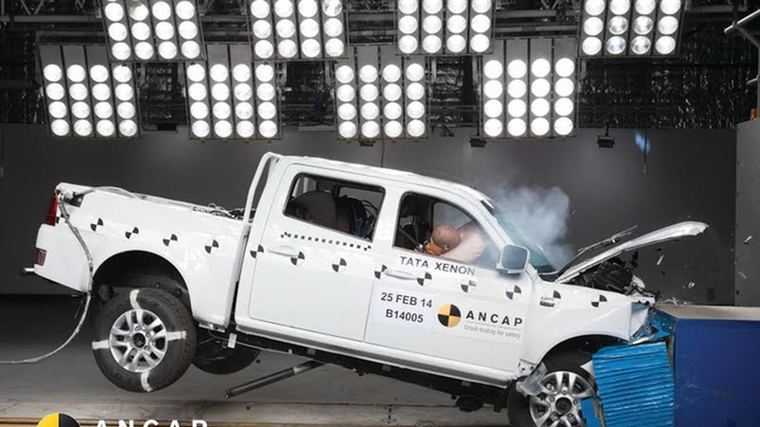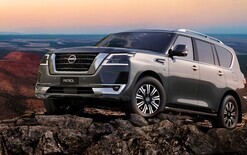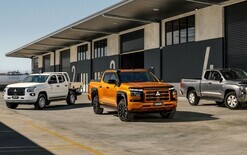Two stars for Indian ute

The Tata Xenon – a recent entrant onto Australia’s new motor vehicle market but currently unavailable on these shores – has been landed with a two-star ANCAP safety rating due to its lack of electronic stability control (ESC). The four-by-two dual-cab ute, which has been available to consumers across the ditch since last year, performed fairly well in the frontal-offset test. But the omission of the active safety system means it was only awarded two stars. It also lacks side and curtain airbags, and comes equipped only with dual-frontal airbags. ANCAP chairman Lauchlan McIntosh says: “While ESC is not a regulatory requirement for light commercial vehicles yet, ANCAP introduced ESC as one of its mandatory requirements for five stars more than six years ago. As we raise the safety bar each year, ESC is a mandatory ANCAP requirement for five, four, three and two-star ratings. “With the demise of local vehicle manufacturing on the horizon, we’re sure to see a range of new models hitting our shores from emerging markets. ANCAP will keep on top of these to ensure Australian and New Zealand motorists are being offered the safest cars possible.” Xenon is made by Tata Motors. It made its debut as the redesigned Tata TL at the 2006 Bologna Motor Show and was released in late 2007 as the Tata Xenon. It’s powered by a 2.2-litre common rail turbo-diesel 103kW engine with direct-injection common rail. The new Xenon is set to be launched in many countries, whereas in India its platform also gives rise to the Tata Sumo Grande, a passenger variant. The car is assembled in Thailand by Tata-Thonburi and in Argentina by Tata-Fiat. Fiat’s first body-on-frame pick-up, the Terra, will have the same styling as the Xenon. A variant, the Xenon XT – a lifestyle four-door, five-seater pick-up – was launched in 2009.





